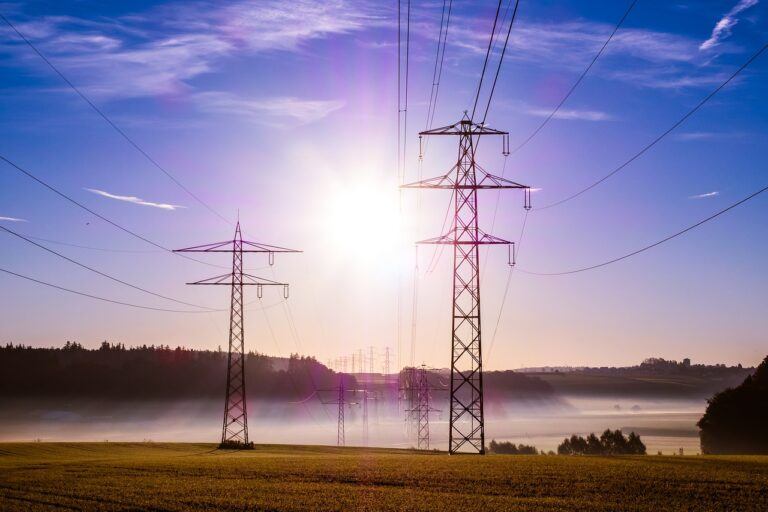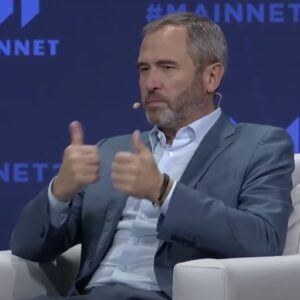The EOS platform, which aims to facilitate the horizontal and vertical scaling of decentralized applications, reportedly consumes significantly less energy than the proof-of-work (PoW) based Bitcoin (BTC) and Ethereum (ETH) blockchain networks.
Bitcoin Network Consumes The Most Energy
According to GenerEOS, an Australian EOS block producer, the Bitcoin network consumes approximately 73.1 TWh of power annually – which is about as much energy consumed by the South American country of Argentina.
At present, there is no accurate estimate of how much power the Bitcoin network will consume in the future, however, its consumption rates have increased considerably since last year.
The Ethereum network, which has more functionality compared to Bitcoin as it allows users to issue smart contracts, consumes around 18.96 TWh of energy annually – which is about 25 percent of the power currently required by the Bitcoin blockchain.
Currently, Ethereum’s native token, Ether (ETH), is mined via the PoW protocol, however, transactions on Ethereum do not require as much energy to confirm as the Bitcoin network.
Ethereum’s Network Could Consume Less Energy After Upgrade
If and when the Ethereum network is able to successfully upgrade to a proof-of-stake (PoS) based consensus mechanism (Casper), then it is expected to consume even less power than it currently does. That’s because a PoS-based blockchain network does not require the energy intensive process of mining.
Compared to Ethereum and Bitcoin, the EOS network is currently using a lot less power as it’s currently consuming only about 0.0011 TWh of energy annually – which is approximately 66,500 times less than Bitcoin, GenerEOS noted.
According to GenerEOS’s analysis, the reason why EOS consumes less power than Bitcoin and Ethereum is that its delegated proof-of-stake (DPoS) consensus mechanism (called Graphene) does not require as much energy to function.
In order to calculate how much power cryptocurrency platforms consume, GenerEOS used energy statistics from Digiconomist, a website focused on research and “in-depth analysis, opinions, and discussions” on bitcoin and other crypto assets.
DPoS Requires Very Little Energy
Similar to how basic PoS protocols work, DPoS does not depend on the energy intensive mining process for validating blocks on its network. Instead, the EOS blockchain is managed by electing (or delegating) block producers who are tasked with verifying transactions.
As described by MyCryptoPedia:
With DPoS, witnesses are given a specific time schedule to [validate blocks]. Therefore, the intense competition for the addition of the next block becomes impractical, which in turn reduces the energy costs for adding a single block when compared to PoW.
Other distributed ledger technology (DLT) based networks, such as Ripple Labs’ XRP-powered platform, consumes only about 0.0005361 TWh per year – which is half as much as what the EOS network requires annually.








